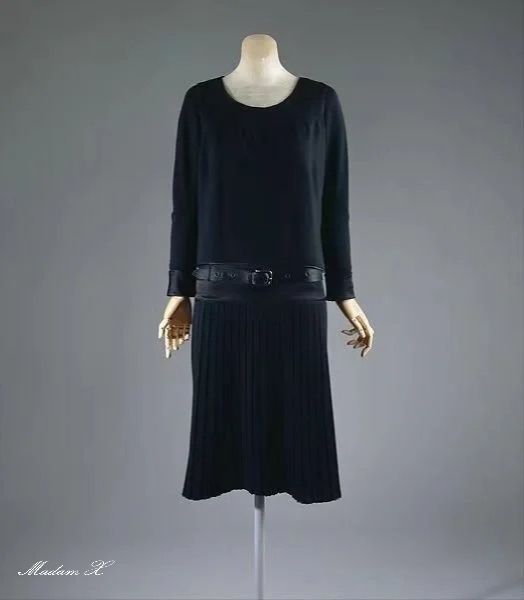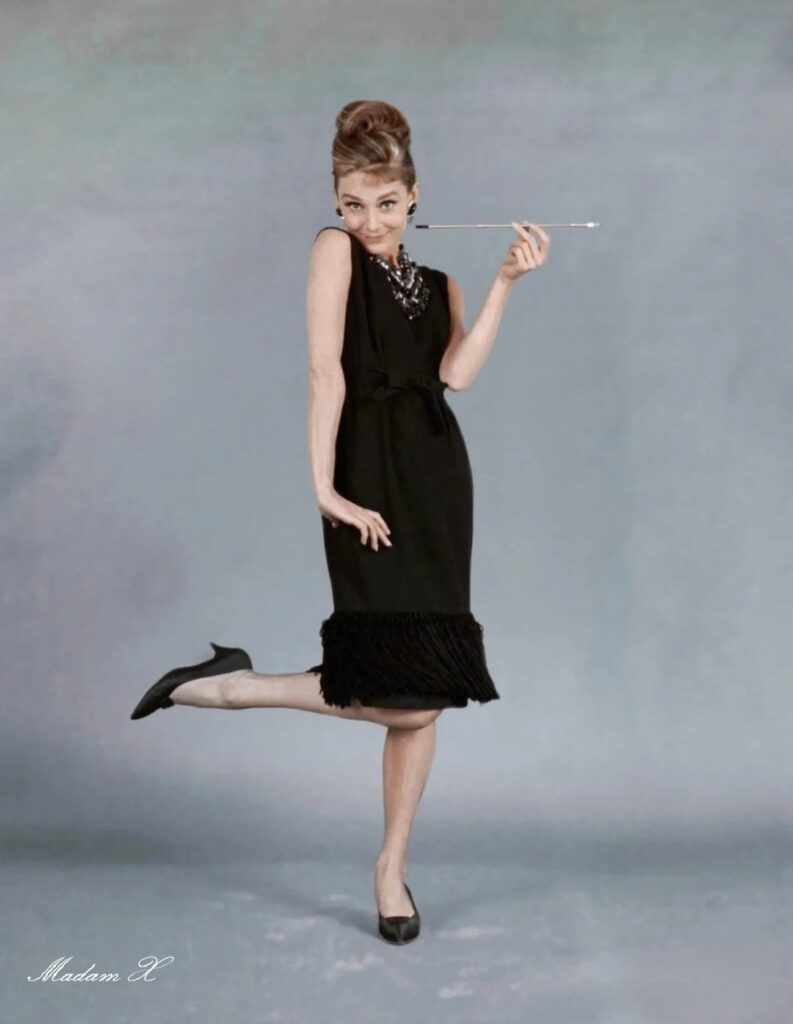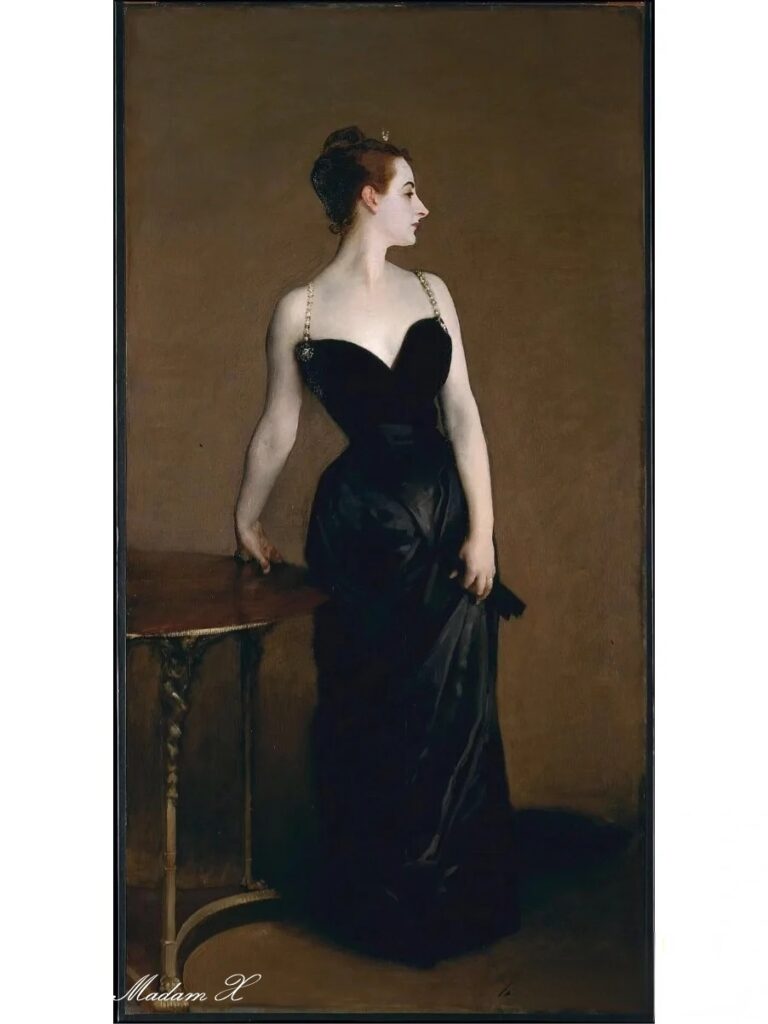As you may or may not know, the former life of the little black dress is that of a mourning dress, which has been worn by people who lost their family member in Europe and America for at least 500 years (from around the Middle Ages to the 20th century) to express grief after the death of a loved one.
But it wasn’t just anyone whose family could wear mourning clothes. For the first few hundred years, only the royal family and the ruling class were allowed to wear mourning clothes, and there were laws specifying who could wear them, how they could wear them, for how long, and so on. The black pigment was very expensive and so was the fabric, which could not be afforded by anyone other than royalty.
In the 18th century, mourning clothes became widely popular among the wealthy bourgeoisie. They saw the beauty and fashion of the mourning clothes worn by the aristocracy and felt good about wearing them themselves to emulate the elite class of the time, even making it fashionable to wear them. By 1900, some working class people in better economic circumstances could also afford to wear black.
By the 1920s, the mourning dress had reached the end of its life and its diminution and removal began, but its beauty was so unforgettable that the leaders of the fashion world kept it alive with a new form of life, the ‘little black dress’, which by this time had nothing to do with its roots in the culture of grief. “It is an indispensable member of the fashion family, except of course for the 1970s when it was temporarily left behind, but for the rest of time, including the future, I believe it will always be a classic that will never be forgotten!





